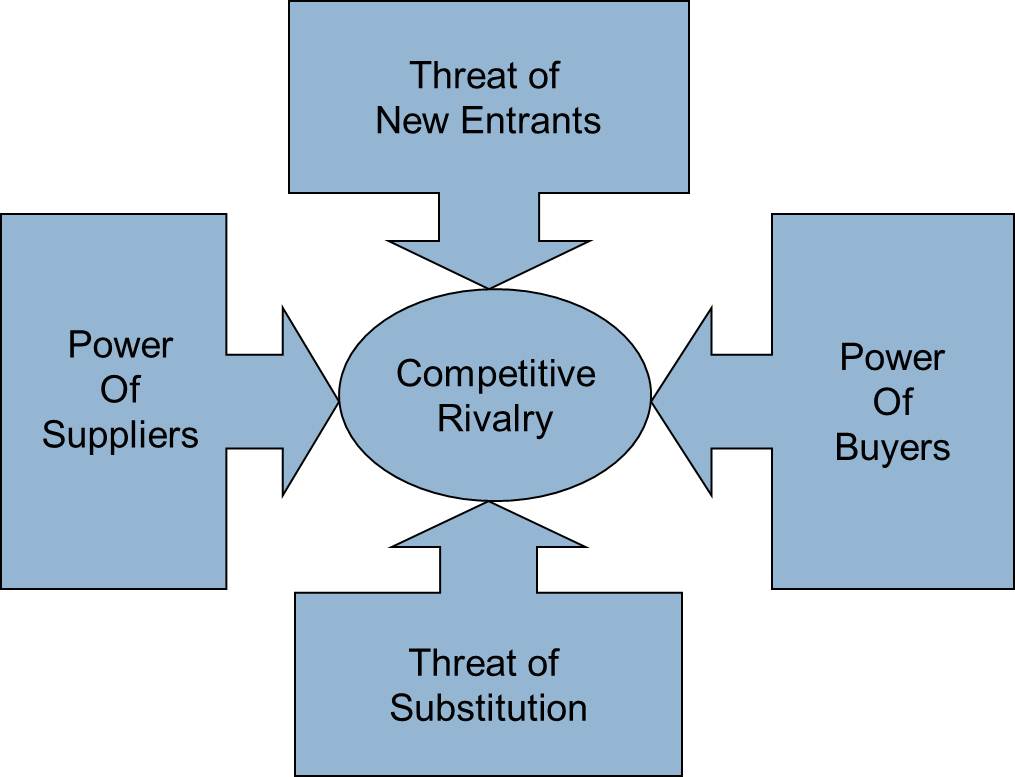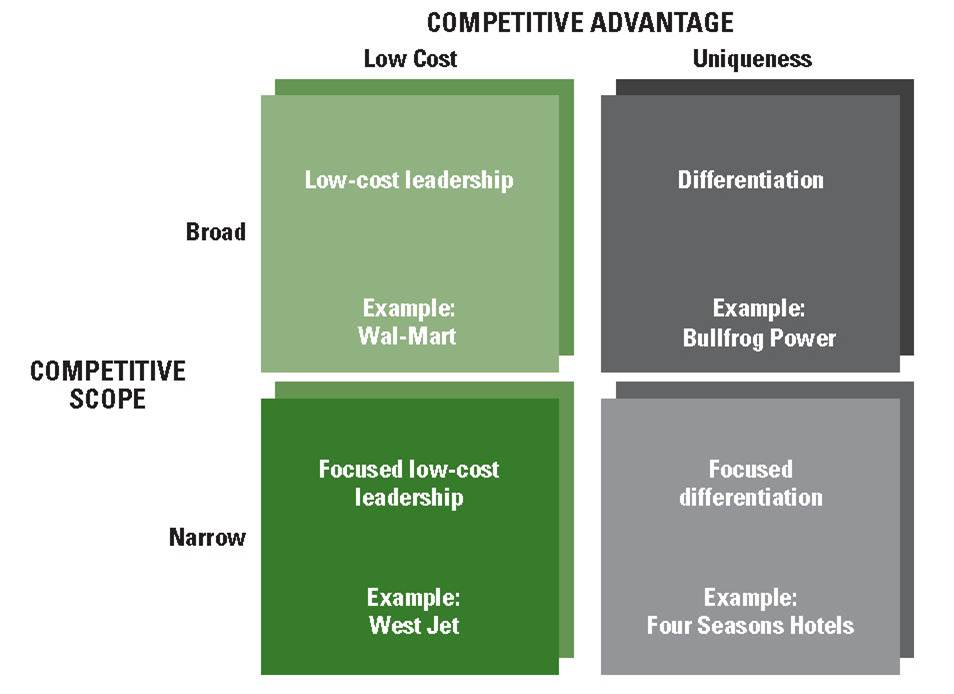Cards In This Set
| Front | Back |
|
What is an organization's mission?
|
- the organization's reason for existence, the overall goal of a company- describes the organization's visions, shares values/beliefs and reason for being- also known as official goals- mission statement communicates to current and prospective employees, customers, investors, suppliers, and competitors what the organization stands for and what it is trying to achieve
|
|
What are operative goals?
|
Defined: description of the ends sought through the actual operating procedures of the organization; these explain what the organization is trying to accomplish.Looks at: overall performance, resources, market, employee development, innovation & change, productivity.
|
|
Why are goals important?
|
Official goals provide legitimacy and operative goals give employee direction & motivation, decision guidelines and the standard of performance.
|
|
What is a strategy?
|
A plan for interacting with the competitive environment to achieve organizational goals.
|
|
What is the 5 forces model?
|
 See image. |
|
Describe Porter's Competitive Strategies.
|
 See image. |
|
Describe differentiation in terms of Porter's competitive strategies.
|
- competitive advantage: uniqueness, competitive scope: broad- organizations attempt to distinguish their products or services from others in the industry- strategy usually targets customers who are not particularly concerned with price
|
|
Describe low-cost leadership in terms of Porter's competitive strategies.
|
- competitive advantage: low cost, competitive scope: broad- tries to increase market share by emphasizing low cost compared to competitors- organization aggressively seeks efficient facilities, pursues cost reduction, and uses tight controls to produce products or services more efficiently than its competitors
|
|
Describe focus in terms of Porter's competitive strategies.
|
- Focused low-cost leadership (competitive advantage: low cost, competitive scope: narrow)- Focused differentiation (competitive advantage: high uniqueness, competitive scope: narrow)- organization concentrates on a specific regional market or buyer group
|
|
Name the 4 parts of Miles & Snow's Strategy Typology.
|
- Prospector- Defender- Analyzer- Reactor
|
|
Describe the Prospector part of the Miles & Snow Strategy Typology.
|
- learning orientation; flexible, fluid, decentralized structure- strong capability in research- values creativity, risk-taking and innovation
|
|
Describe the Defender part of the Miles & Snow Strategy Typology.
|
- efficiency orientation; centralized authority and tight cost control- emphasis on production efficiency, low overhead- close supervision; little employee empowerment
|
|
Describe the Analyzer part of the Miles & Snow Strategy Typology.
|
- balances efficiency and learning; tight cost control with flexibility and adaptability- efficient production for stable product lines; emphasis on creativity, research, risk-taking for innovation
|
|
Describe the Reactor part of the Miles & Snow Strategy Typology.
|
- no clear organizational approach; design characteristics may shift abruptly depending on current needs
|
|
What are the 3 questions that a strategic review addresses?
|
1. Do the operations support the achievement of the goals?2. Do the goals support the achievement of the strategy?3. Does the strategy support the attainment of the mission?
|



